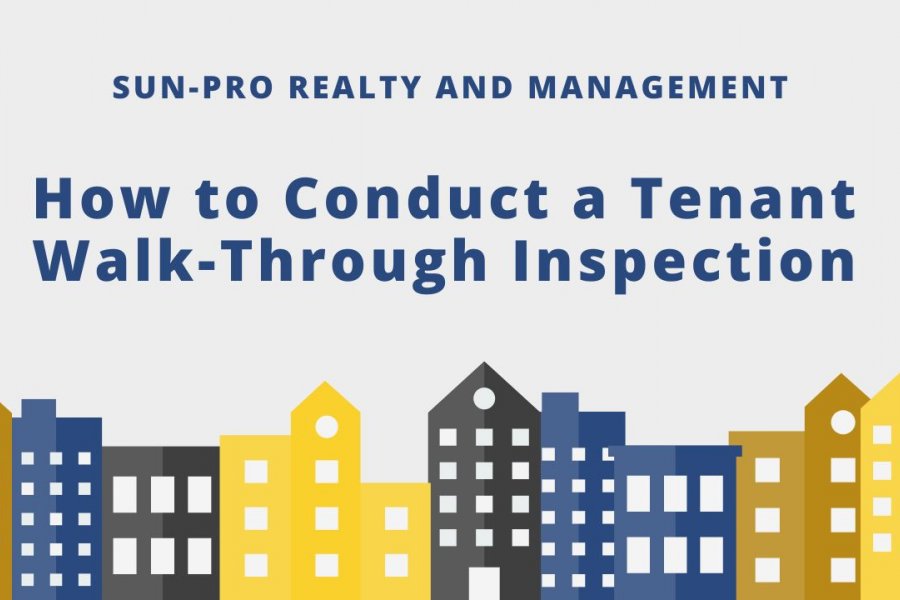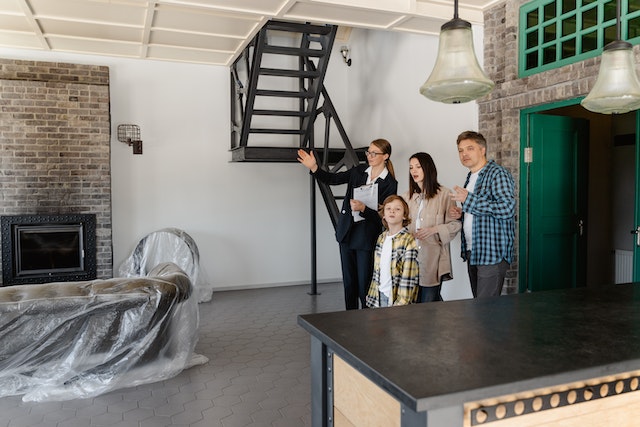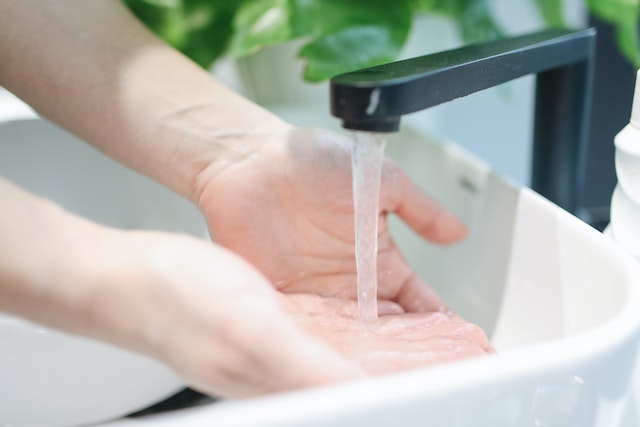
Conducting tenant walk-through inspections in your Florida rental property allows you to keep your home safe. For one, when a landlord displays how well they take care of a property, tenants may follow suit and provide the same attentive care to the unit.
Walk-through inspections come with benefits for both landlords and tenants. Landlords can explain how to properly take care of the rental, leaving them with lower repair costs and the renters with safer housing conditions.
Read ahead to learn how to perform a proper tenant walk-through inspection.
1. Prepare a Form
Create a form that lists the different rooms and areas of the rental property. This will allow you to take specific notes per area. There are templates of these forms available online, but it might be easier to make your own and customize it to your needs. Make sure to leave plenty of space for writing.
Describe each room and its different sections and features, such as doors, windows, floors, light fixtures, appliances, and furnishings. Under each item, observe and state the move-in condition and move-out condition, including cost estimates of repairs and cleaning.
Remember to assign a space for both your signature and the tenant’s. When the walk-through inspection is finished, you must write the date, add your signature, and provide the tenant with a copy of the document.
2. Visit the Property Together

Before the resident occupies the rental, schedule a joint walk-through inspection. This ensures that both you and the tenant can view each room and area of the rental together, and agree on the property’s state. This limits potential disputes in the future, especially when the tenancy ends.
This also helps set expectations. While conducting the walk-through inspection, you can inform the renter about the cleaning standards the unit must meet. You can also brief the renter on how to identify property damages and normal wear and tear. Doing so can help reduce conflicts over what should be deducted from the security deposit once the tenancy ends.
Landlords must ensure tenants attend the move-in walk-through inspections. Move-out walk-through inspections aren’t mandatory for renters, as repairs are normally performed at this stage.
3. Create a Straightforward Procedure
It’s best to keep the process simple and straightforward to prevent renters from changing their minds. If the walk-through inspection is too meticulous, the tenant may feel added pressure to turn over the rental space in the same exact way, which could cause them to reconsider their decision.
Landlords should note that perfect homes don’t exist and that a few scratches here and there are acceptable. Design a comprehensive but quick walk-through, preferably one that lasts around 20 minutes.
4. Use Images and Videos When Documenting

It’s critical to use a camera or smartphone for your walk-through documentation. Take wide shots of every room and close-ups of any damaged areas. Maximize the date stamping feature and don’t forget to label the images. Back up your files and keep digital copies of each image in case the original photos get lost.
These images can be used as proof if any denials are issued later on, such as a tenant claiming the damage was part of the unit prior to their occupancy. You can also consider taking videos during the inspection to have additional evidence and prevent any potential stress.
5. Do a Self-Check before the Tenants Arrive
Walk-throughs shouldn’t be a shallow affair. It’s important to be thorough and detailed, to look beyond what’s stained or broken. It’s crucial to test all the home systems before the tenant’s arrival, and inform them if any issues happen to arise.
Switch on appliances, flush the toilets, test the heater and the air conditioner. Open and shut all the doors, windows, and set of blinds. This will prove beneficial, as you don’t want to welcome a renter and have them discover property damage.
Testing items properly can result in lower repair charges and may help create trust between the landlord and tenant. Make sure the renter notices the state of the items and agrees on their condition. That way, should damages occur, they are aware and willing to pay for the repairs.

6. Provide a Grace Period for the Renter to Report Any Issues
Offering the renters extra time to verify whether there are any additional problems is good practice, as small things could get overlooked during the inspection. Allow three days for the resident to report valid issues; if any come up, document them in writing and with pictures.
7. Be Familiar with Florida’s Landlord-Tenant Laws
When performing walk-through inspections and renting out a property, it’s important to remain compliant with Florida’s landlord-tenant law. It details the duties and responsibilities of both parties, especially concerning property damages. Security deposits can be used to cover property damage if the issue was caused by tenant neglect and/or abuse.
Being knowledgeable about security deposit laws means being aware of important provisions, such as the maximum security deposit landlords are allowed to collect and justifiable deductions. Remaining unfamiliar with the laws could put landlords at risk of legal conflicts.
Conclusion
Performing tenant walk-through inspections may be confusing and time-consuming. A great option is to engage the services of a trusted property management company to help you run your rental home.
Are you seeking a dedicated partner who will perform regular walk-through inspections and manage your Florida rental with excellence? If yes, contact Sun-Pro Realty and Management today!
